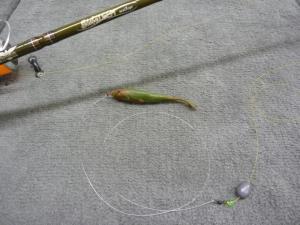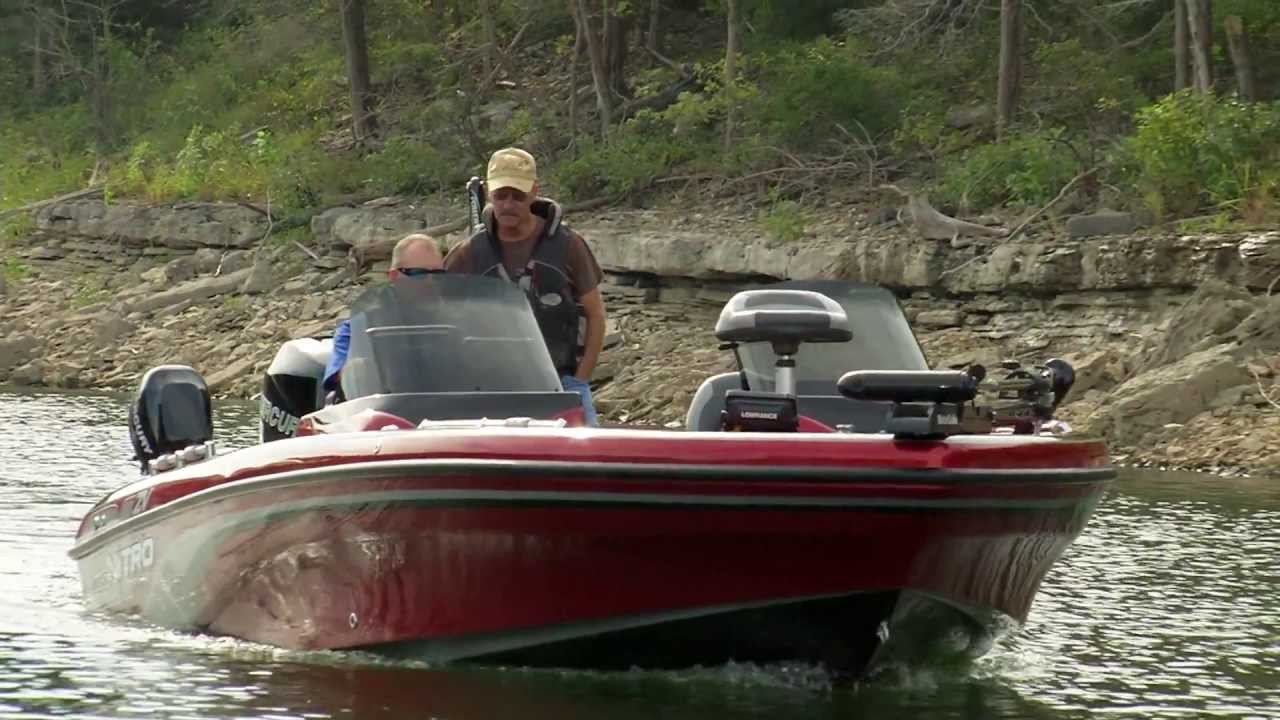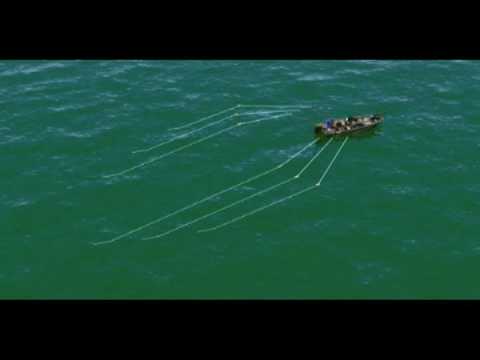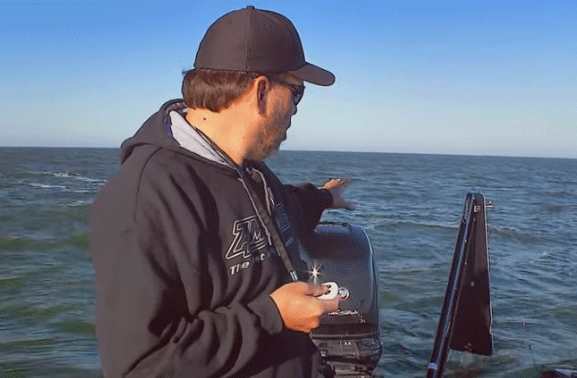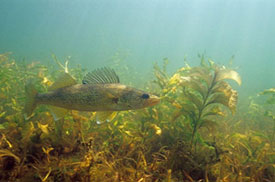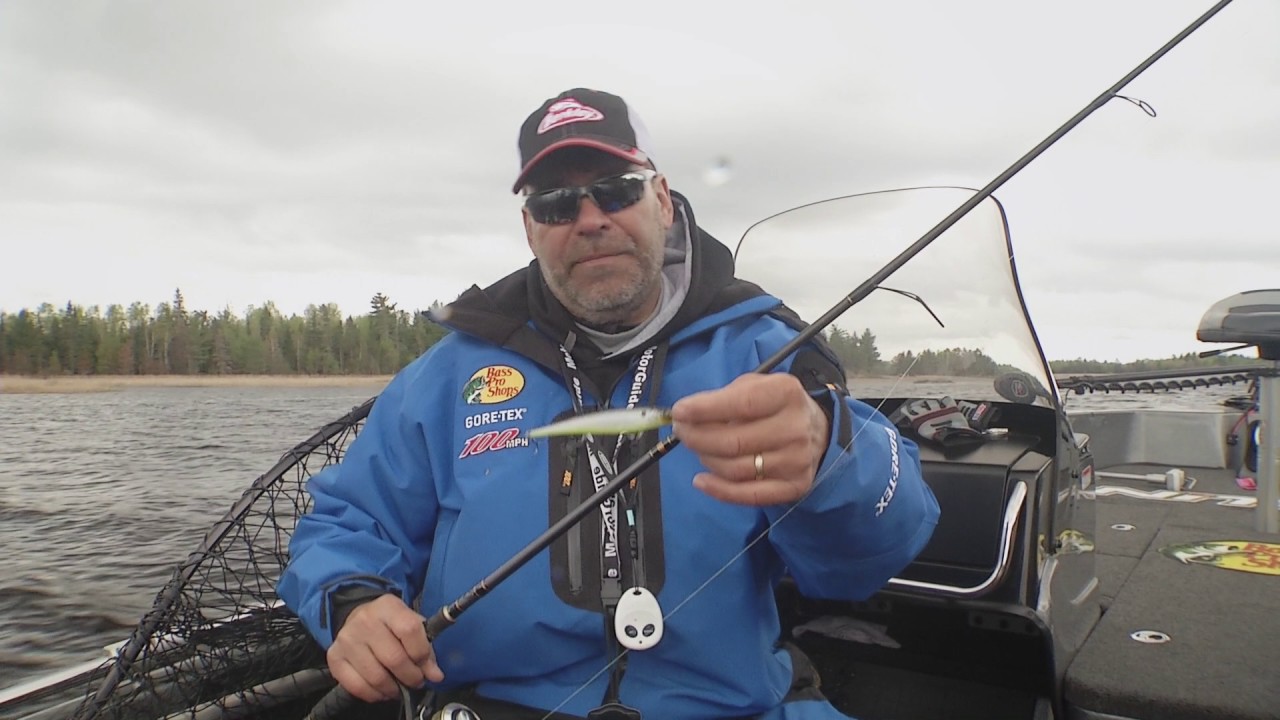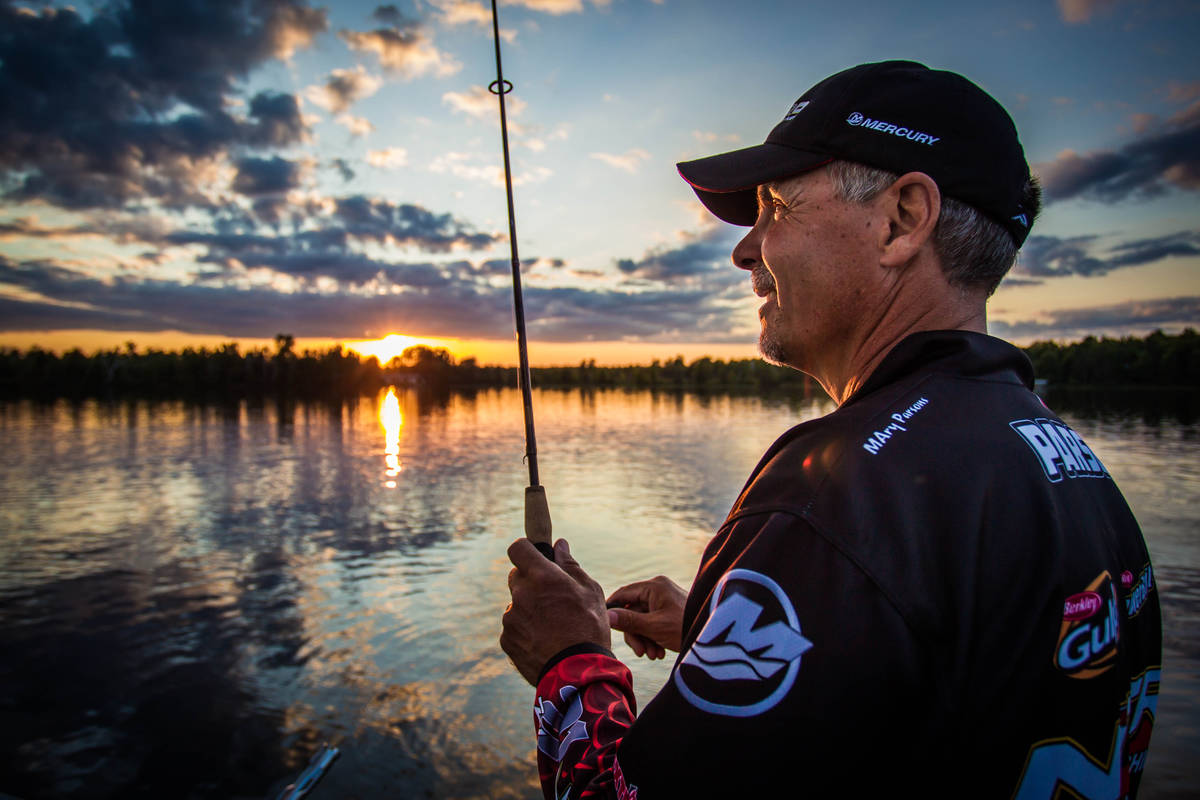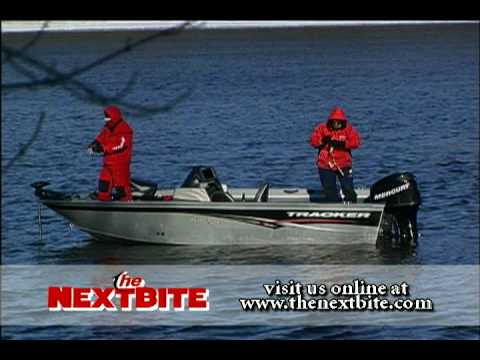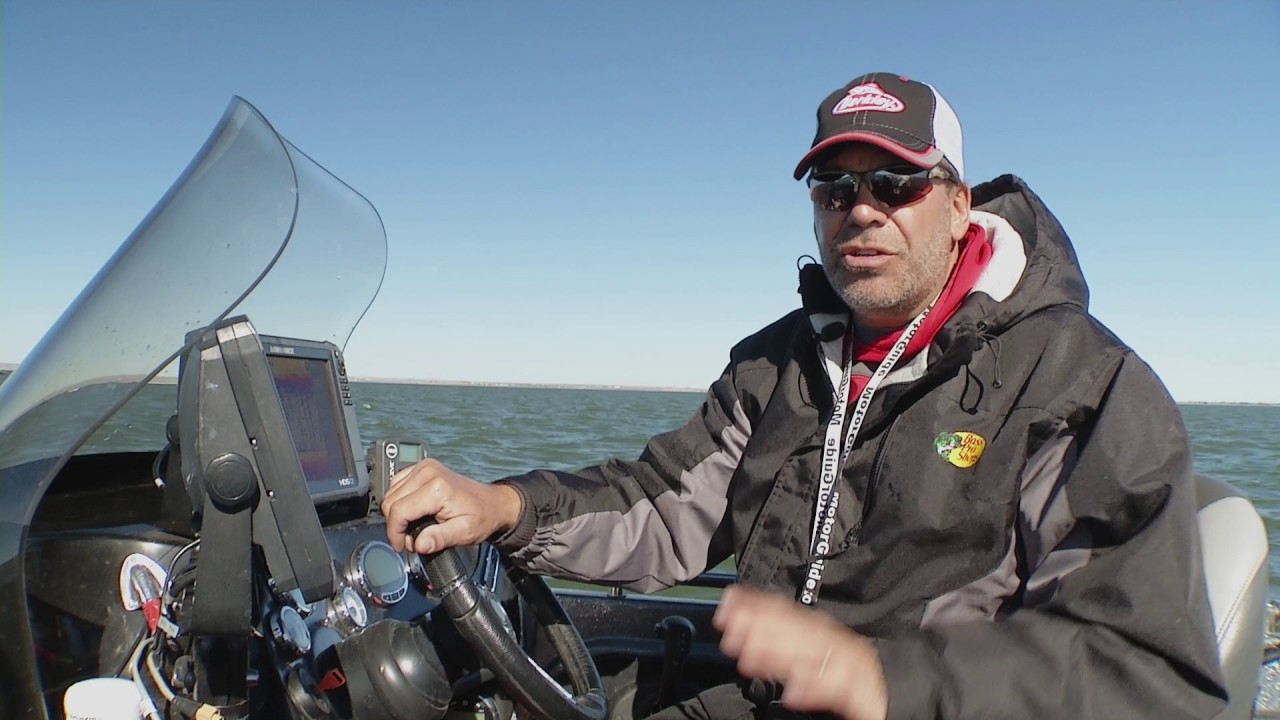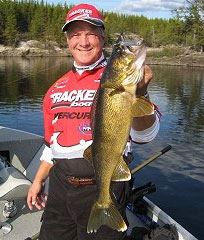 To me, casting crank baits is a walleye tactic. To many anglers, it’s a bass tactic. No matter which species, this crossover technique catches both, and it doesn’t matter if it’s on the Mississippi River, around the Lake Oahe bridges, Lake Wisconsin or Saginaw Bay. Many bodies of water, particularly rivers and reservoirs where you find a lot of rip-rap, casting crankbaits can be deadly on walleyes.
To me, casting crank baits is a walleye tactic. To many anglers, it’s a bass tactic. No matter which species, this crossover technique catches both, and it doesn’t matter if it’s on the Mississippi River, around the Lake Oahe bridges, Lake Wisconsin or Saginaw Bay. Many bodies of water, particularly rivers and reservoirs where you find a lot of rip-rap, casting crankbaits can be deadly on walleyes.
Total Solutions Technique
Fish never distribute themselves equally along rip rap. There could be vast stretches with no fish, then a concentration. I locate them by finding food. Naturally if the wind is blowing into the rocks, fish will be attracted. But, that could mean miles and miles of shoreline.
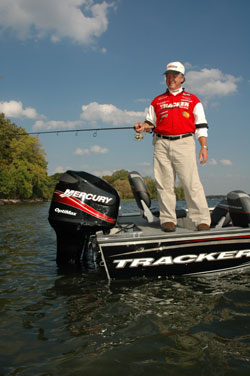 I motor along at 5 to 7 mph, visually looking for feeding fish like white bass, minnows jumping out of the water, or watching my Lowrance unit to see bait under my boat. Or, I may toss out a crankbait and start trolling and looking. If I see bait or catch a fish, I punch an icon on the spot. Then, I return and cast 100 yards either direction of the icon. Even if I see pods of bait in deeper water, I fish inside the bait, along the adjacent rip-rap, figuring that the walleyes will push the bait to the shore to feed more effectively.
I motor along at 5 to 7 mph, visually looking for feeding fish like white bass, minnows jumping out of the water, or watching my Lowrance unit to see bait under my boat. Or, I may toss out a crankbait and start trolling and looking. If I see bait or catch a fish, I punch an icon on the spot. Then, I return and cast 100 yards either direction of the icon. Even if I see pods of bait in deeper water, I fish inside the bait, along the adjacent rip-rap, figuring that the walleyes will push the bait to the shore to feed more effectively.
When casting rip rap, I like to get close – sometimes only 5 feet away – and retrieve my lures parallel to shore, banging off rocks. If it’s windy, I point the nose of the boat into the wind, to keep me from being swept into the rocks, and work the bow mount trolling motor to control the boat, and cast to keep my crank as shallow as possible.
Rip rap with points, wing dams, turns, spilled rip rap that juts out slightly more all could be keys, but food is the most important ingredient. Don’t neglect a piece of rip rap just because you think adjacent water is too shallow.
Total Solutions Equipment
Crankbaits like the Berkley Flicker Shads in 5cm, 6cm and 7cm sizes work great for casting rip-rap banks. The smaller size is ideal for tight-to-shore casts, while the deeper diving sizes work well when working the outer edge of the rocks. As far as color choices, I match my cranks to either shad or crawdad colors. These are the colors of what the fish are eating most often along these types of structures. I cast with a medium-heavy spinning rod rigged with 20-pound test Berkley FireLine. The heavier line allows me to more easily pull lures free from snags and it holds up well banging around in the rocks. I connect the lures to the line using a size #1 Berkley Cross-Lok Snap tied directly to the line.
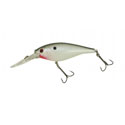 Berkley Flicker Shad |
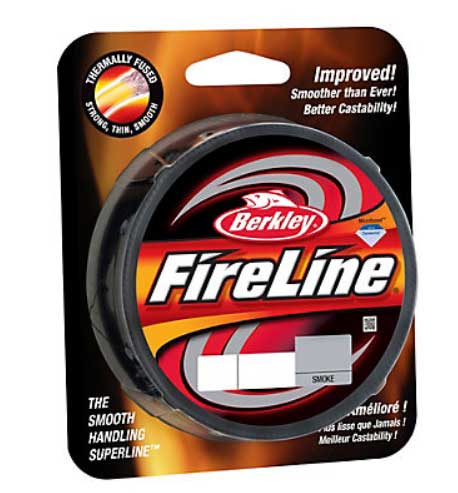 Berkley FireLine |
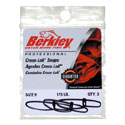 Berkley Cross-Lok Snaps |

